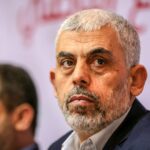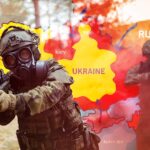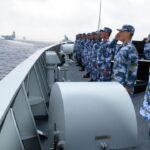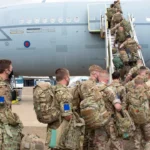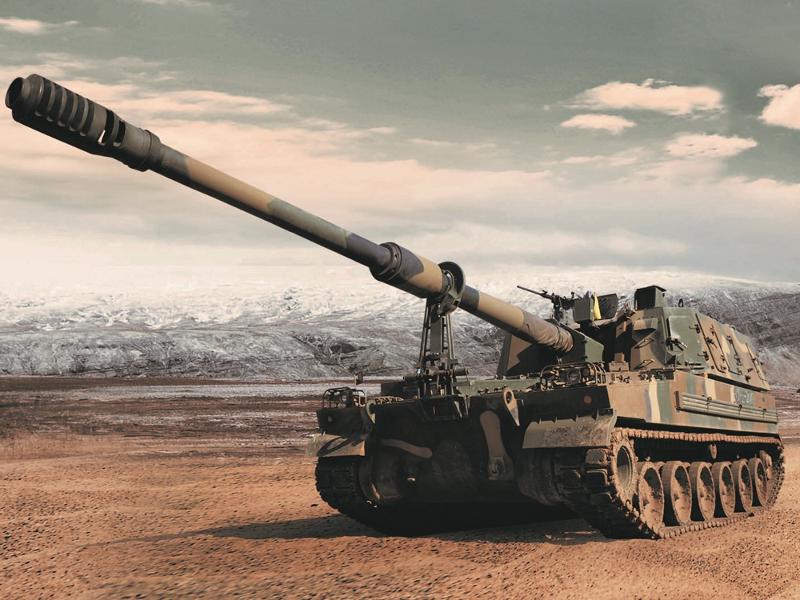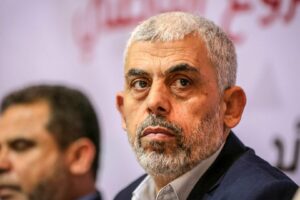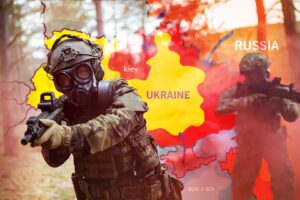The government’s decisions to shrink or cancel previous choices on the acquisition of armour may well be appropriate to Australia’s changing strategic circumstances.
Fast, agile, easily deployable and long range, armour is not.
But there is potentially a significant strategic casualty from the decisions that followed the defence strategic review: Australia’s defence reputation with a key regional partner, the Republic of Korea. It’s possible, too, that an opportunity to develop a significant defence industrial base and export opportunity in southern Australia has been lost.
It’s not been easy or straightforward to give substance to Australia’s proclaimed objective of a closer defence relationship with Korea. Despite much rhetoric, neither government has put priority or substance behind repeated political proclamations.
In 2012, the outgoing Australian Labor government cancelled a plan to build in Australia 30 K9 self-propelled howitzers (SPHs) and associated ammunition support and recovery vehicles. Samsung Techwin (now Hanwha Defense) and Raytheon had tendered for the project but the cancellation came before a contract was signed. This was to be Australia’s first major defence acquisition from an Asian country, worth around A$1 billion.
Its abrupt cancellation was badly received by Korea, which saw Australia as an unreliable partner. In a country where long term trusted relationships define the business culture, this was a particularly damaging decision.
But Korea is not, in the end, anything but practical and pragmatic—and mercantilist, so the revival of the contract by the Morrison government in 2019 was welcome, if not effusively received, in Korea. In the intervening period, Korea’s main naval shipyard, DSME, had shortlisted for construction of two projected Australian naval supply ships. The contract was in due course won by Navantia of Spain, and the decision, surprisingly, created little attention or unhappiness in Seoul. Korea had moved on—it had plenty of alternative defence customers emerging as the scale and quality of its order books expanded.
Hanwha committed to build the howitzers in a new purpose-built factory at Avalon, near Geelong. The company saw this as a bridgehead, an entry point into Australia’s defence capability acquisition chain. Geelong was suffering high levels of skilled unemployment after the closure of the Ford vehicle manufacturing plant there, a resource Hanwha—already conscious of the politics—decided it could draw upon.
Source : The Strategist

